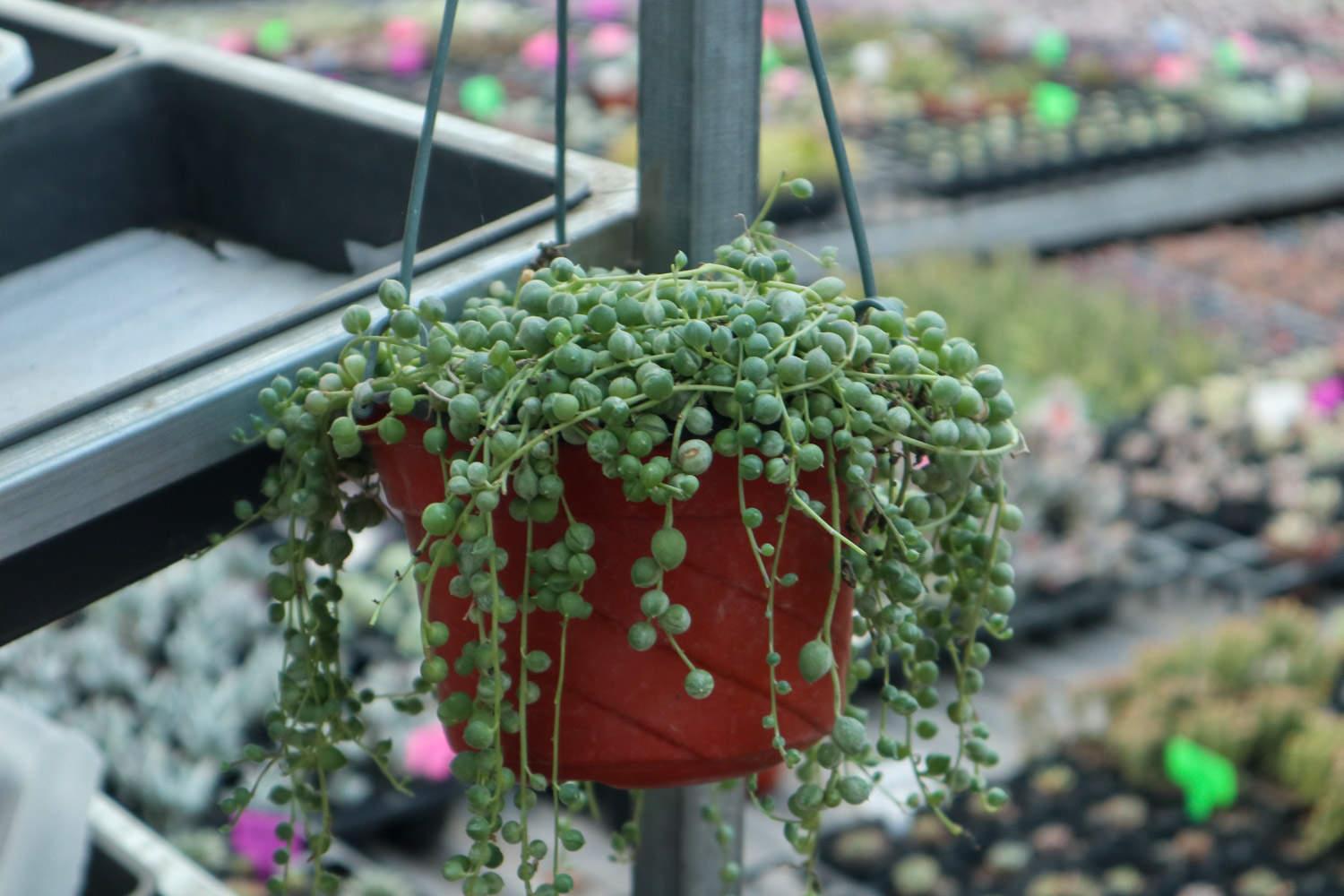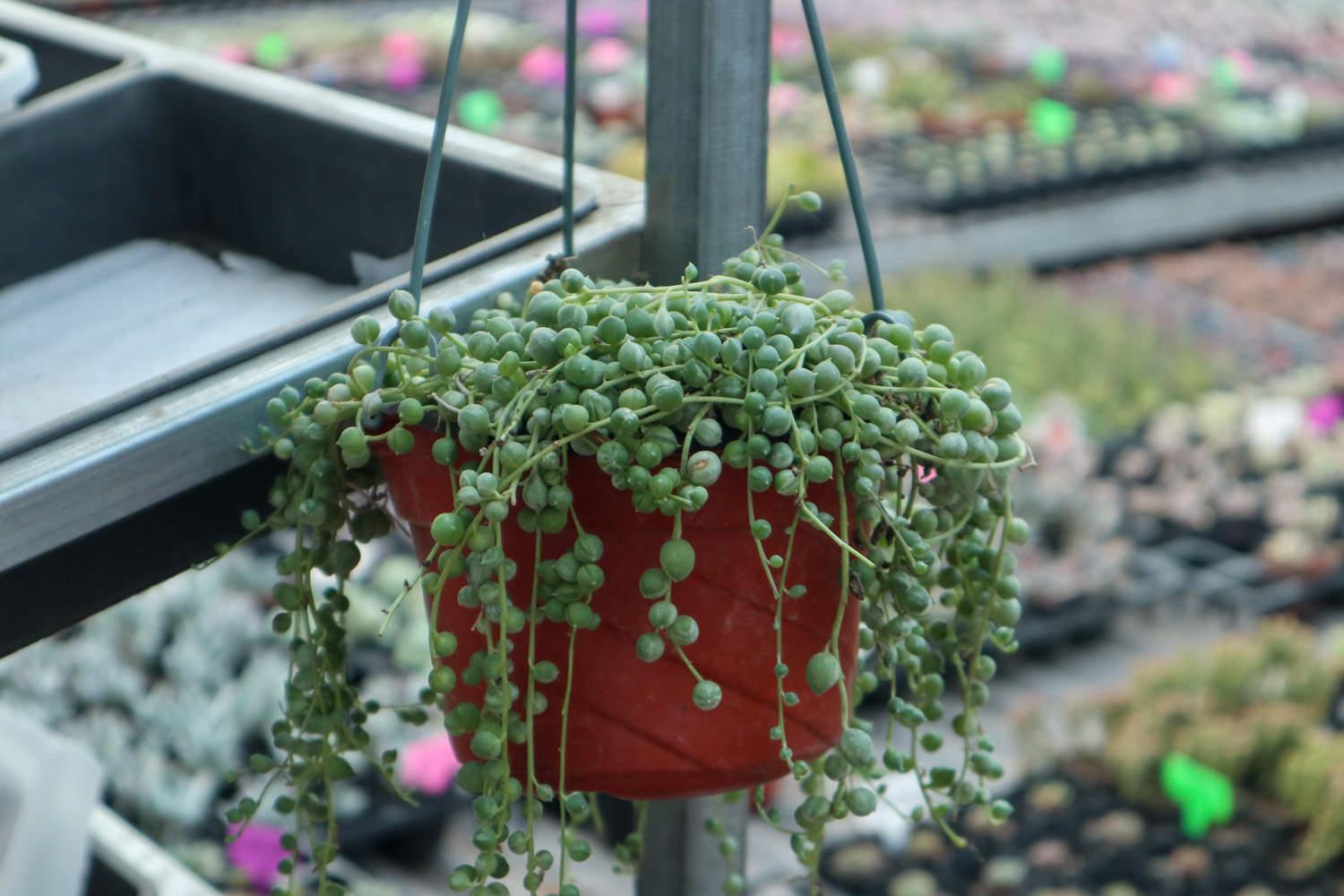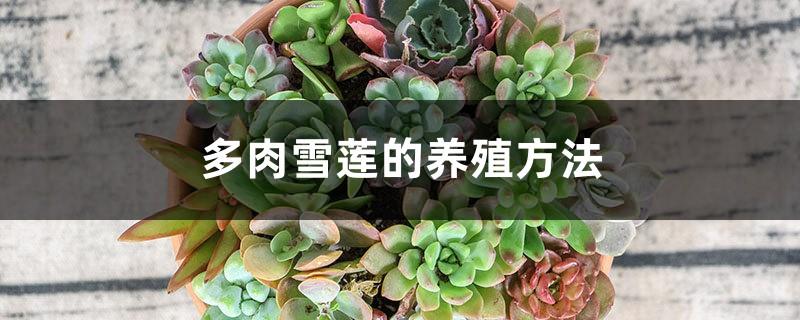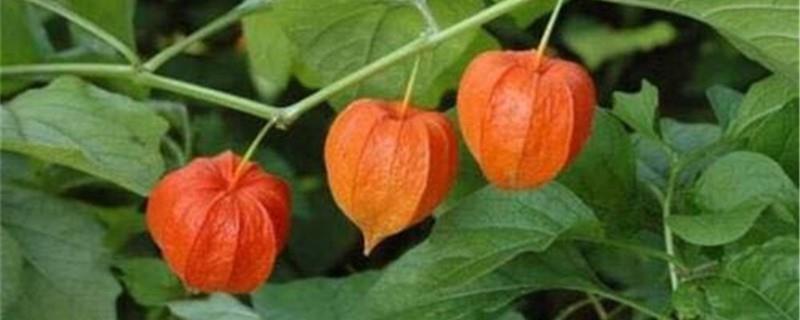Buddha beads cultivation methods and precautions
Last Update :2024.05.06
Article Catalog
3. Problem diagnosis and treatment
Flower pot: The flower pot for Buddhist beads does not need to be too big, but it should have good air permeability. Soil: Soil with strong air permeability is suitable for it. Mix leaf humus soil and coarse sand in a ratio of 1:3. You can also add an appropriate amount of cinders. Moisture: During the growth period, it needs sufficient moisture. When watering, it needs to be kept dry and thoroughly watered. You can water it once a week. Nutrients: Apply thin fertilizer frequently and spray some diluted nitrogen fertilizer regularly.

1. Maintenance methods
1. Maintenance methods
1. Flower pot selection: The flower pot for raising Buddhist beads does not need to be too large, but it must have good air permeability. You can choose a mud pot, a clay pot, or a porcelain pot with holes in the bottom.
2. Substrate selection: To grow Buddhist beads, you should choose soil with strong air permeability. When arranging the soil, mix leaf humus soil and coarse sand in a ratio of 1:3. When potting, you can put a layer of cinders at the bottom to increase the soil's air permeability.

3. Water management: The leaves of Buddha beads are thick and juicy. Strong drought tolerance. Water after the soil is dry, about once a week. The weather in summer is hot and dry, and the roots are prone to rot, so frequent watering is not suitable. You can use a watering can to spray water on the leaves or vines.
4. Nutrient management: When fertilizing Buddha beads, adhere to the principle of applying thin fertilizer frequently. During the peak growth period, apply thin liquid fertilizer mainly composed of nitrogen fertilizer approximately every 15 days. At the same time, in order to make the leaves of the beads brightly colored, you can also spray a small amount of nitrogen fertilizer and potassium dihydrogen phosphate on the leaves.

2. Breeding skills
1 2. Pruning: The new branches that grow out of it need to be pruned frequently. In order to make the beads pop into the pot, you can use scissors to trim along the inside of the flower pot when pruning. After such pruning, the entire pot of beads becomes more beautiful.
2. Cutting: The soil for cutting should be moist and breathable. Cut the healthy branches directly and place them in a cool and ventilated place for 1-3 days. Then insert them into the soil and leave them in a ventilated place for about 20 days. survive.

3. Problem diagnosis and treatment
1 , Mites: Buddhist beads are more prone to mites in summer, and can be killed with dicofol 1000 times. In addition, ventilation can be maintained at ordinary times to increase leaf humidity to prevent pests and diseases.
2. Root rot: It is relatively drought-resistant. Frequent watering will inhibit the respiration of the roots. The amount of water should be controlled when watering. If the root rot problem has not been improved, you can consider changing the pot to a soil with strong air permeability.

4. Other questions
1 2. Whether it can be cultivated at home: Buddhist beads are drought-resistant, green all year round, highly ornamental, and the maintenance process is simple and easy to operate. Basically, there are few diseases and insect pests, so they are more suitable for cultivation at home.
2. Whether it can be exposed to rain: Summer is the dormant season for Buddha beads. At this time, it grows slowly, and the rainwater may contain impurities, so try to avoid it being exposed to rain. If you accidentally get exposed to rain, you should increase ventilation to prevent roots and leaves from rotting.

2. Breeding skills
3. Problem diagnosis and treatment
4. Other issues
- END -
How to breed succulent snow lotus

It is a relatively small succulent plant. The length of the stems ranges from five...
How to grow brocade lanterns

Soil: It is better to plant in neutral or weakly acidic and alkaline soil with goo...